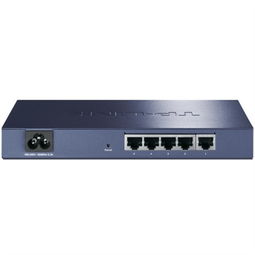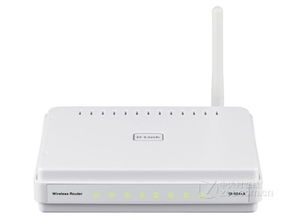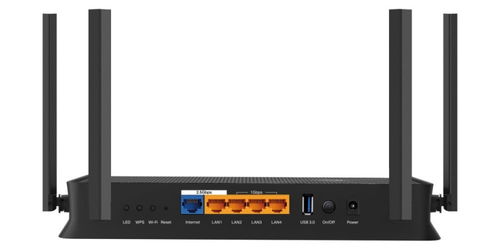Setting Up a TP-Link Extender: A Comprehensive Guide
Are you struggling with weak Wi-Fi signals in certain areas of your home or office? A TP-Link extender can be the perfect solution to extend your Wi-Fi coverage. In this detailed guide, I’ll walk you through the process of setting up a TP-Link extender, ensuring you have a seamless and reliable internet connection throughout your space.
Understanding the TP-Link Extender

Before diving into the setup process, it’s essential to understand what a TP-Link extender does. Essentially, it acts as a repeater, boosting your existing Wi-Fi signal to reach areas where the signal is weak or non-existent. This is particularly useful in large homes, offices, or buildings where a single router may not provide adequate coverage.
TP-Link extenders come in various models, each with its own set of features and capabilities. Some models offer dual-band support, allowing you to connect to both 2.4GHz and 5GHz Wi-Fi networks, while others may focus on a single band. It’s important to choose the right extender for your specific needs, considering factors such as the size of your space and the number of devices you plan to connect.
Preparation Before Setup

Before you start setting up your TP-Link extender, ensure you have the following items ready:
- TP-Link extender
- Power adapter and cable
- Wi-Fi router
- Computer or smartphone with internet access
Additionally, it’s a good idea to have the TP-Link Tether app installed on your smartphone or tablet. This app will make the setup process much easier, allowing you to configure your extender remotely.
Connecting the TP-Link Extender

Follow these steps to connect your TP-Link extender to your Wi-Fi router:
- Unbox your TP-Link extender and locate the power adapter and cable.
- Connect the power adapter to the extender and plug it into an electrical outlet.
- Wait for the extender to power on. You should see the LED indicator light up.
- Connect your computer or smartphone to the extender’s Wi-Fi network. The default SSID and password are usually printed on a label on the extender itself.
Configuring the TP-Link Extender
Once you’ve connected your device to the extender’s Wi-Fi network, it’s time to configure it. You have two options: using the web interface or the TP-Link Tether app.
Using the Web Interface
- Open a web browser on your computer or smartphone and enter the default IP address of the extender (usually 192.168.0.254) in the address bar.
- Log in using the default username and password (usually admin/admin). If you’ve changed these credentials, use the new ones.
- Follow the on-screen instructions to configure your extender. This may include selecting your Wi-Fi network, entering the password, and choosing the extender’s location.
Using the TP-Link Tether App
- Open the TP-Link Tether app on your smartphone or tablet.
- Follow the app’s instructions to connect to the extender’s Wi-Fi network.
- Once connected, the app will guide you through the setup process, including selecting your Wi-Fi network and entering the password.
Optimizing Your TP-Link Extender
After setting up your TP-Link extender, you may want to optimize its performance. Here are a few tips:
- Position the extender in a central location, away from walls and large metal objects.
- Keep the extender’s firmware up to date by checking for updates on the TP-Link website or using the Tether app.
- Adjust the extender’s settings, such as the channel width and transmission power, to improve performance.
Conclusion
Setting up a TP-Link extender is a straightforward process that can significantly improve your Wi-Fi coverage. By following this comprehensive guide, you’ll be able to extend your Wi-Fi signal and enjoy a reliable internet connection throughout your home or office.

















